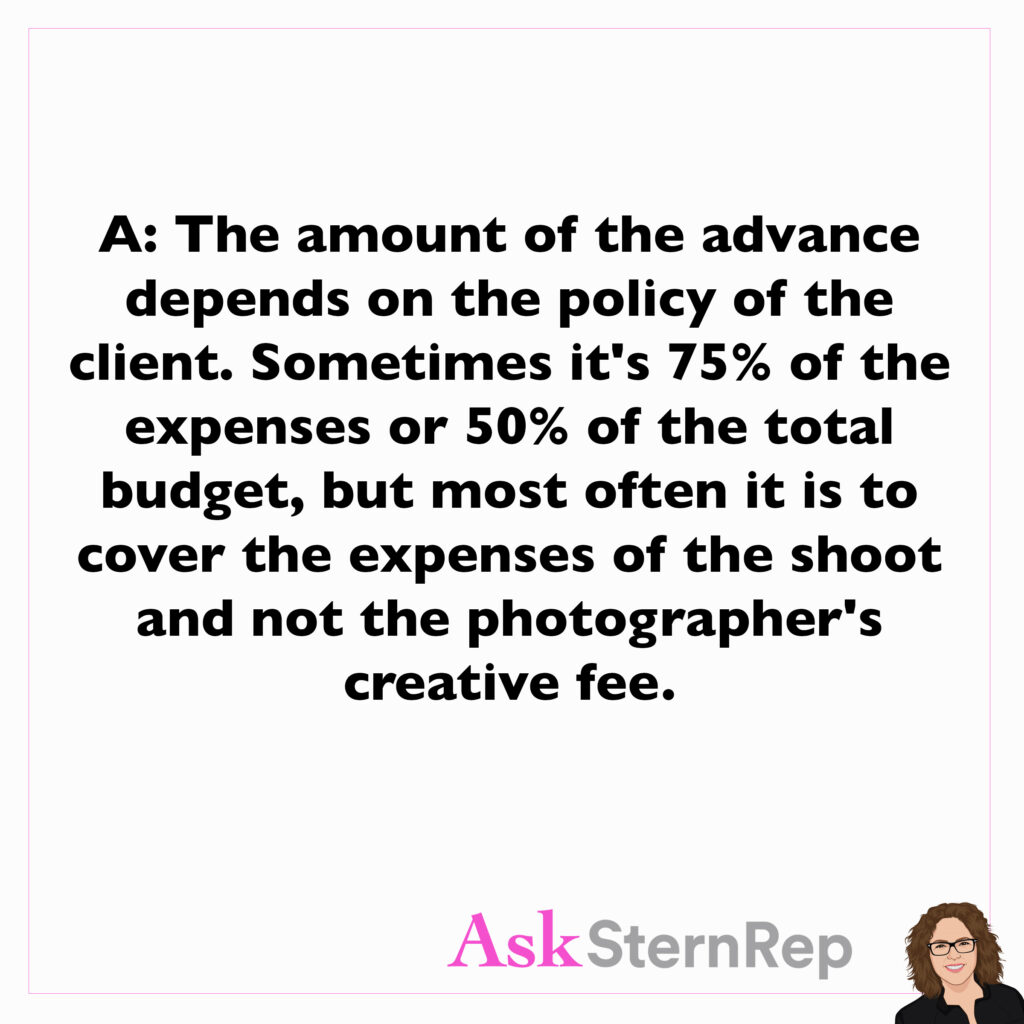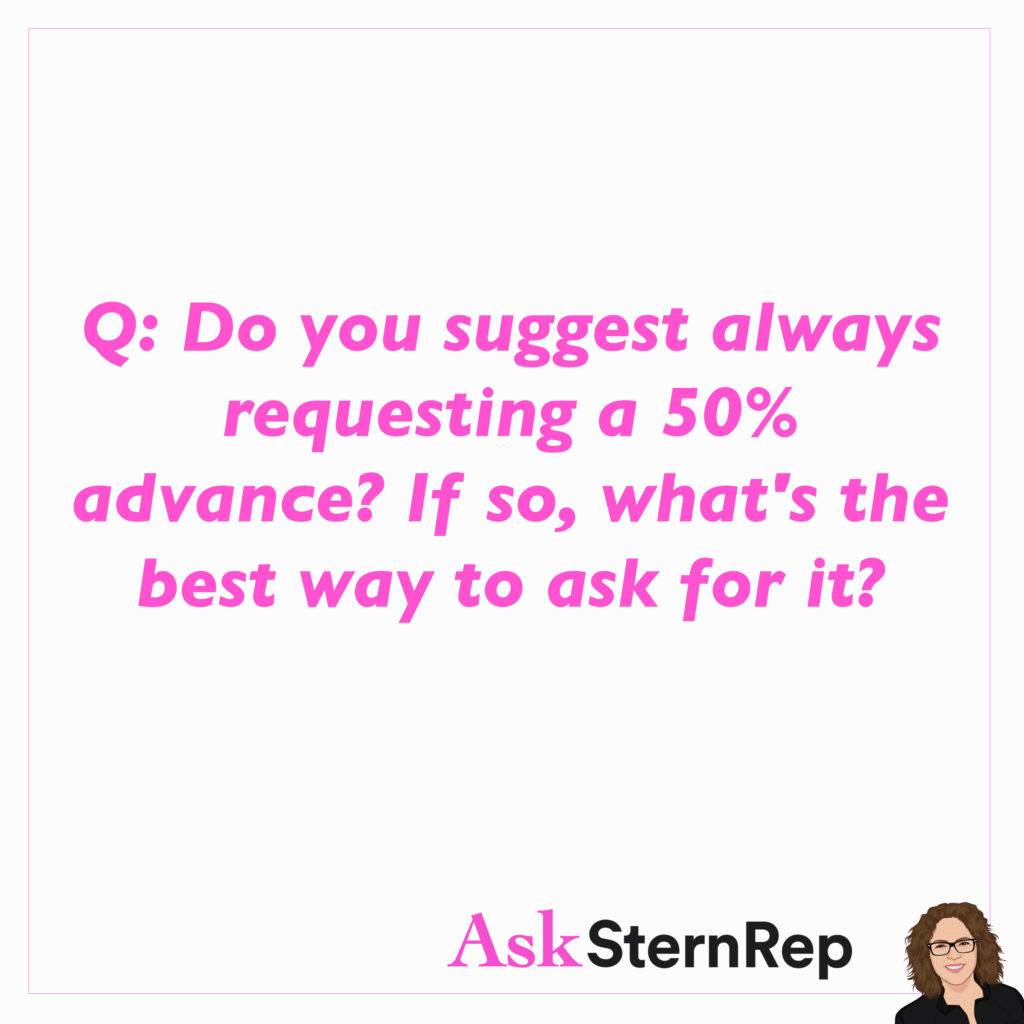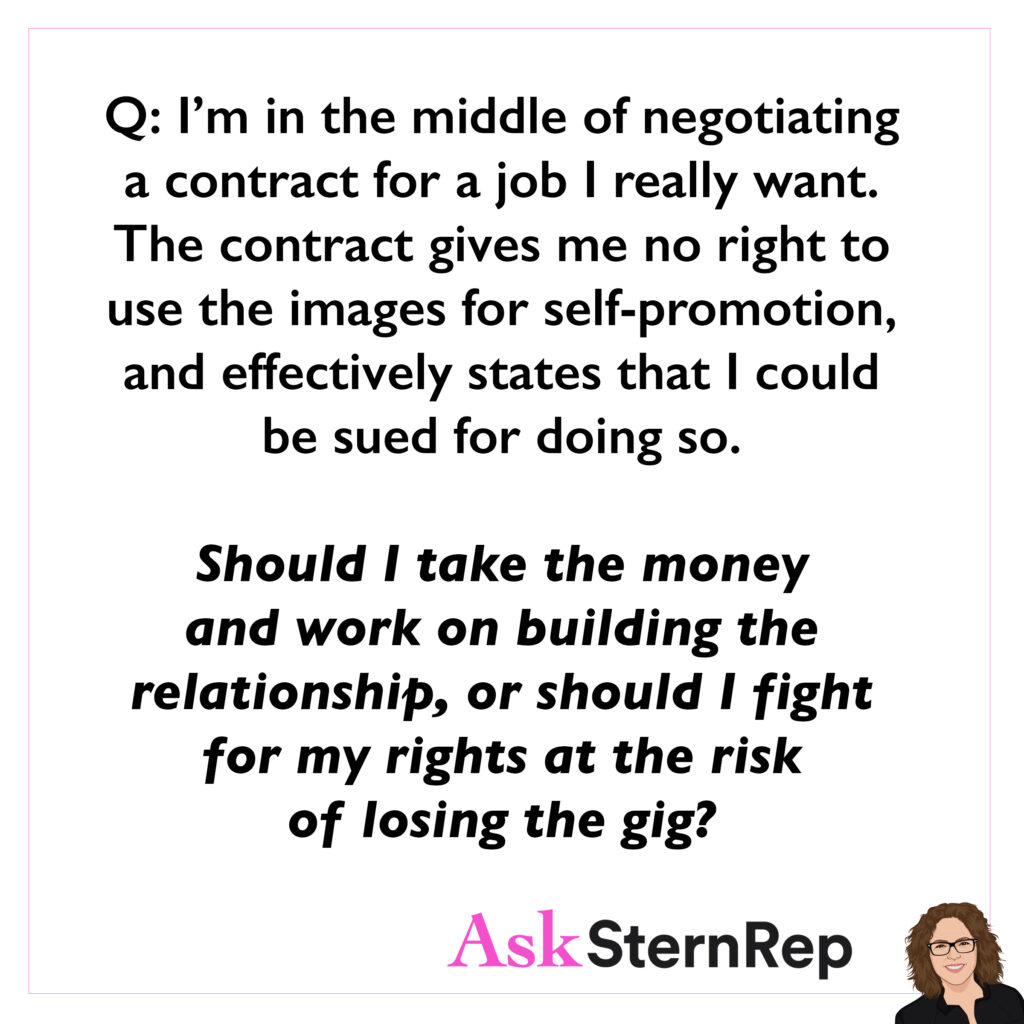Navigating the Unknown Episode 11 is now live on YouTube! This week we speak to Art/Content Producer Kay Gautraud, and Producer Michael Klein about how to navigate estimates for a project in today’s climate.
Guests:
Kay Gautraud – Art/Content Producer https://www.kaygautraud.com/#/
Michael Klein – Producer, Circadian Pictures https://circadianpictures.com/
Navigating the Unknown is a Q&A series in collaboration with APA-LA where we speak to different members of the photo community about all aspects of the commercial photography business. https://la.apanational.org/
With Co-Host: Photographer Hugh Kretschmer https://www.hughkretschmer.net/










